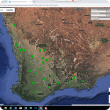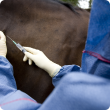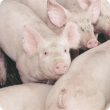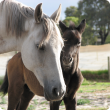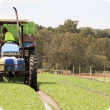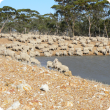Filter by regions:
- (-) Remove Gascoyne filter Gascoyne
- (-) Remove Wheatbelt filter Wheatbelt
- South West (180) Apply South West filter
- Great Southern (179) Apply Great Southern filter
- Peel (179) Apply Peel filter
- Mid West (177) Apply Mid West filter
- Goldfields-Esperance (176) Apply Goldfields-Esperance filter
- Pilbara (160) Apply Pilbara filter
- Kimberley (158) Apply Kimberley filter
- Perth regions (154) Apply Perth regions filter

